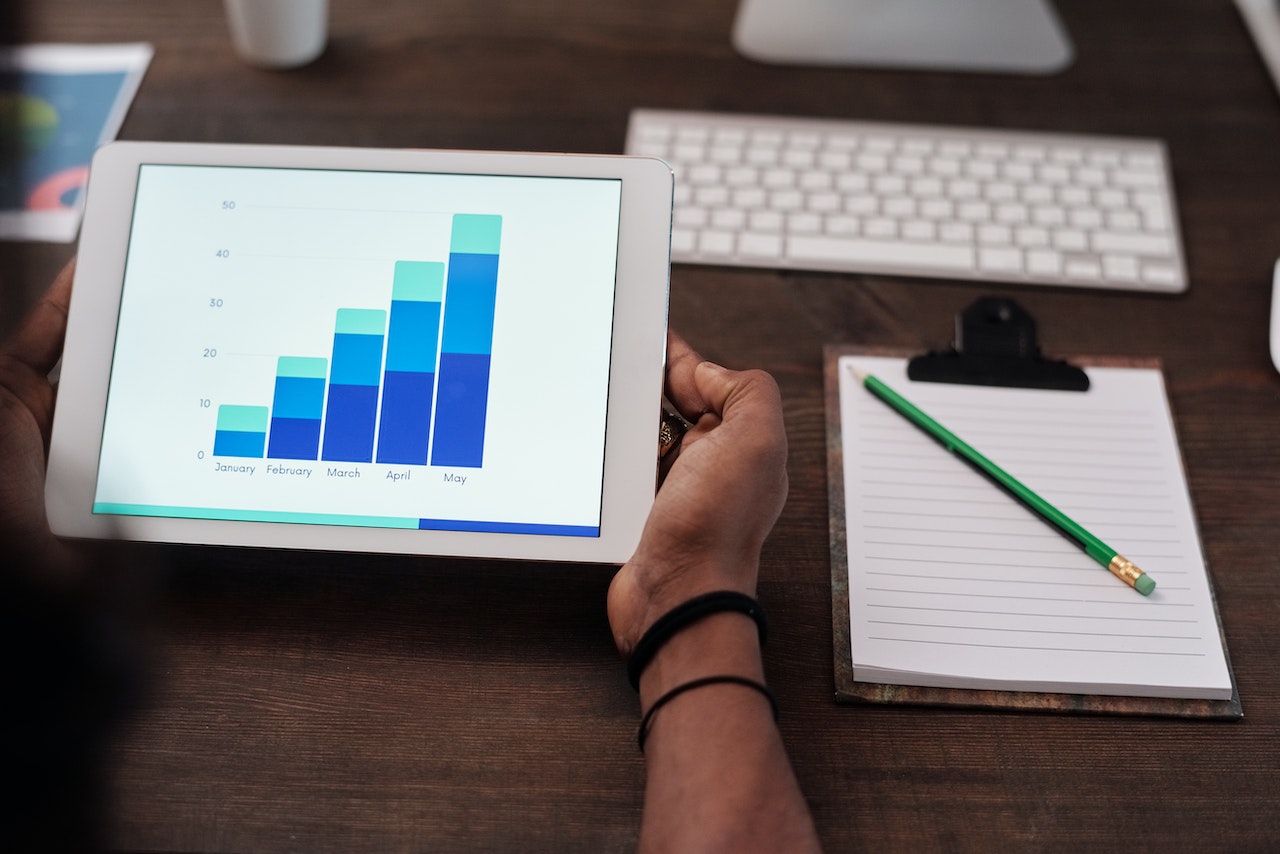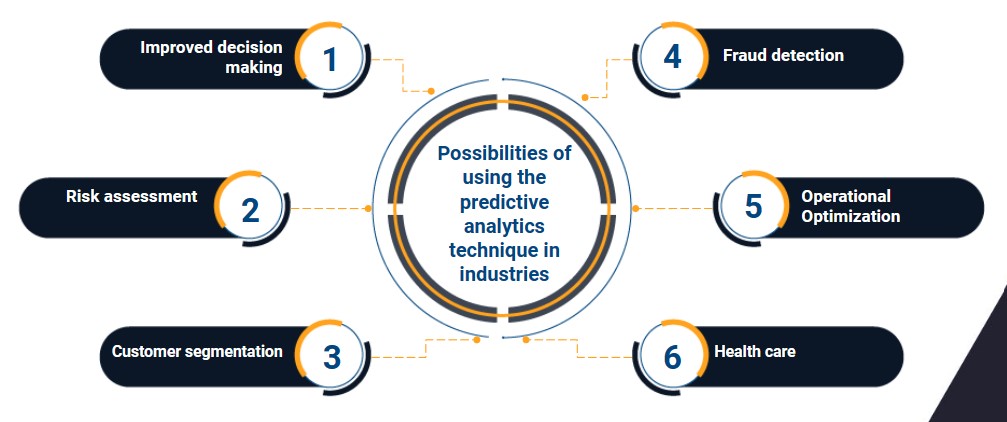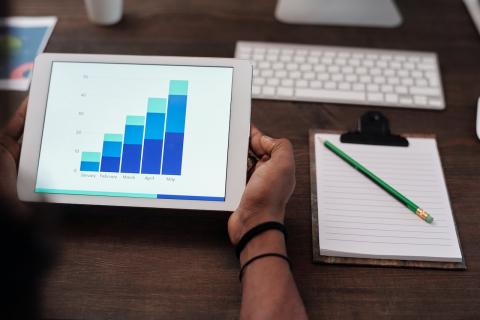
Predictive analytics is a branch of data analysis that uses historical data, machine learning, and statistical algorithms to make predictions about future events and behavior. Predictive analytics has numerous applications across various industries and has the potential to revolutionize the way businesses operate. In this blog post, we'll discuss some of the possibilities with predictive analytics.
Predictive analytics models
Before delving more into the potential of employing predictive analytics in businesses, it is important to understand which models or variants of this method are most commonly utilized by industries and businesses:
- Regression models: these are used to forecast a continuous numeric result based on input factors. To create predictions, they construct a link between the dependent variable and the independent factors. Regression models include linear regression, polynomial regression, and logistic regression.
- Classification Models: Classification models are used to predict categorical outcomes or to categorize data. These models categorize data according to a set of qualities or properties. Classification models include decision trees, random forests, support vector machines (SVMs), and naive Bayes classifiers.
- Time series models: these models of predictive analytics are used to assess and predict data points that are acquired over time and depend on each other sequentially. To create future predictions, these models evaluate patterns and trends in data throughout time. Autoregressive integrated moving average (ARIMA) and exponential smoothing models are two examples.
- Clustering Models: Clustering models are used to group similar data points based on similarities or characteristics. These models aid in the discovery of hidden patterns or structures in data. Clustering models include K-means clustering, hierarchical clustering, and Noisy Application Density-Based Spatial Clustering (DBSCAN).
- Neural networks: this is a form of machine learning model that is inspired by the neural structure of the human brain. They are made up of layers of interconnected artificial neurons that process and learn from data. Complex tasks such as image identification, natural language processing, and speech recognition are handled by neural networks.
- Ensemble models: Ensemble models make predictions by combining numerous individual models. They use the wisdom of the crowd to improve accuracy and reduce errors by aggregating predictions from many models. Ensemble models include random forests, gradient augmentation machines (GBMs), and stacking models.
Possibilities of using the predictive analytics technique in industries
Improved decision making
Predictive analytics can help organizations make informed decisions by providing insight into future trends and behavior. By analyzing historical data and identifying patterns, companies can predict future results and take proactive steps to address them. For example, a retailer could use predictive analytics to forecast demand for a particular product and ensure they have enough stock to meet that demand.
Risk assessment
Predictive analytics can be used to assess risks in various industries. For example, in the insurance industry, predictive analytics can be used to assess the probability of claims and determine appropriate premiums. Similarly, in the financial sector, predictive analytics can be used to assess credit risk and identify potential defaulters.
Customer segmentation
Predictive analytics can also be used for customer segmentation. By analyzing customer data, companies can identify common characteristics and behaviors and group customers accordingly. This information can be used to tailor marketing campaigns and promotions to specific groups of customers.

Fraud detection
Predictive analytics can be used to detect fraud in various industries. By analyzing data and identifying patterns, companies can identify fraudulent behavior and take steps to prevent it. For example, a credit card company could use predictive analytics to identify transactions that are outside of a customer's usual spending patterns and block those transactions if they are deemed fraudulent.
Operational Optimization
Predictive analytics can also be used to optimize operations in various industries. By analyzing data about operations and processes, companies can identify areas where efficiencies can be achieved. For example, a manufacturing company could use predictive analytics to optimize its production schedule and reduce downtime.
Health care
Predictive analytics has numerous applications in the healthcare industry. By analyzing patient data, healthcare providers can predict the likelihood of developing certain conditions and take proactive steps to prevent them. For example, predictive analytics can be used to identify patients who are at risk of developing diabetes and provide them with appropriate interventions to prevent or delay the onset of the disease.
In conclusion, predictive analytics presents numerous possibilities for companies in various industries. From enhanced decision making to risk assessment, customer segmentation, fraud detection, operational optimization, and healthcare, predictive analytics has the potential to revolutionize the way businesses operate. As the importance of predictive analytics continues to grow, it is essential that companies invest in the technology and talent necessary to harness these possibilities effectively.

Rootstack and data analytics: how we can help you
We are a modern software development organization that is aware of all technological developments and is seeking methods to incorporate them into the services and solutions that we provide to our international clientele.
We will advise you on the best data gathering approach for your project and company; we are implementation, configuration, and development experts. In addition, we will assist you in making judgments. We work with tools like Oracle, Microsoft, and SAP, among others.
We recommend you on video


